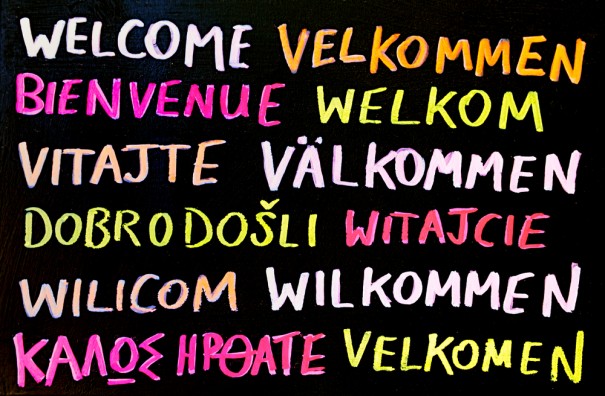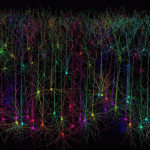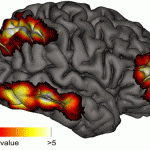
Bilingualism is beneficial to children. Image: Shutterstock
Bilingual children may have competitive advantages.
Being bilingual means learning to cope with two different ways of naming and perceiving reality. That means that the bilingual brain needs to learn how to think in both languages and how to switch them on and off effortlessly, a process known as code switching. Some researchers suggest that it is this process what gives multilingual people an edge.
In the past, scientists believed that learning a second language could have a toll on the child’s academic development, but today it is well accepted that bilingual children present cognitive advantages.
“Flawed research in the 1930s, 40s and 50s, that has since been seriously discredited, led to the mistaken view that being bilingual can have a negative impact on a child’s academic performance,” said Dr Fraser Lauchlan, honorary lecturer at the University of Strathclyde’s School of Psychological Sciences and Health. “Several studies carried out since this time, in particular the seminal study by Peal and Lambert in 1962 have demonstrated that being bilingual does not bring any disadvantages to children, but indeed can be advantageous with regard to specific language and cognitive skills: selective attention, metalinguistic awareness, creative and flexible thinking (including problem-solving) and short-term memory.”
Primary school students from Scotland, who usually learn Gaelic and English at the same time, and Sardinia, who are exposed to Italian and Sardinian, participated in a study led by Lauchlan. The study, which was conducted with colleagues at the University of Cagliari, measured the cognitive differences between monolingual and bilingual children. Out of 121, 62 participants were bilingual, and they were the ones that completed the tasks more successfully. When comparing both Sardinian- and Gaelic-speaking children, the researchers discovered that the later were even more successful in completing the tasks.
“We think this result was due to the fact that the Gaelic-speaking children had the advantage of formal education in the second language — all attended a Gaelic-medium education school — whereas the Sardinian children only speak their second language in home or out of school. Moreover, Sardinian has a largely oral tradition (…) There is no agreed standardised form of the language,” explained Lauchlan.
Ellen Bialystok, who works at York University in Toronto, Canada, has conducted extensive research on the subject and suggests that bilingualism invigorates the child’s development. “It’s almost like the monolingual brain is on a diet, but the bilingual brain shows us the full, plump borders of the language tissue that are available,” said Bialystok to New Scientist.
To be fully bilingual children must learn their second language at the same time they learn the first. “In this way, they will be ‘balance bilinguals’; however, if this is not possible, then the earlier the better,” explained Lauchlan. “There is research evidence indicating that bilinguals can learn further languages more easily than monolingual and there is also the argument that bilinguals are more culturally aware and open to other languages and culture when compared to monolingual.”






